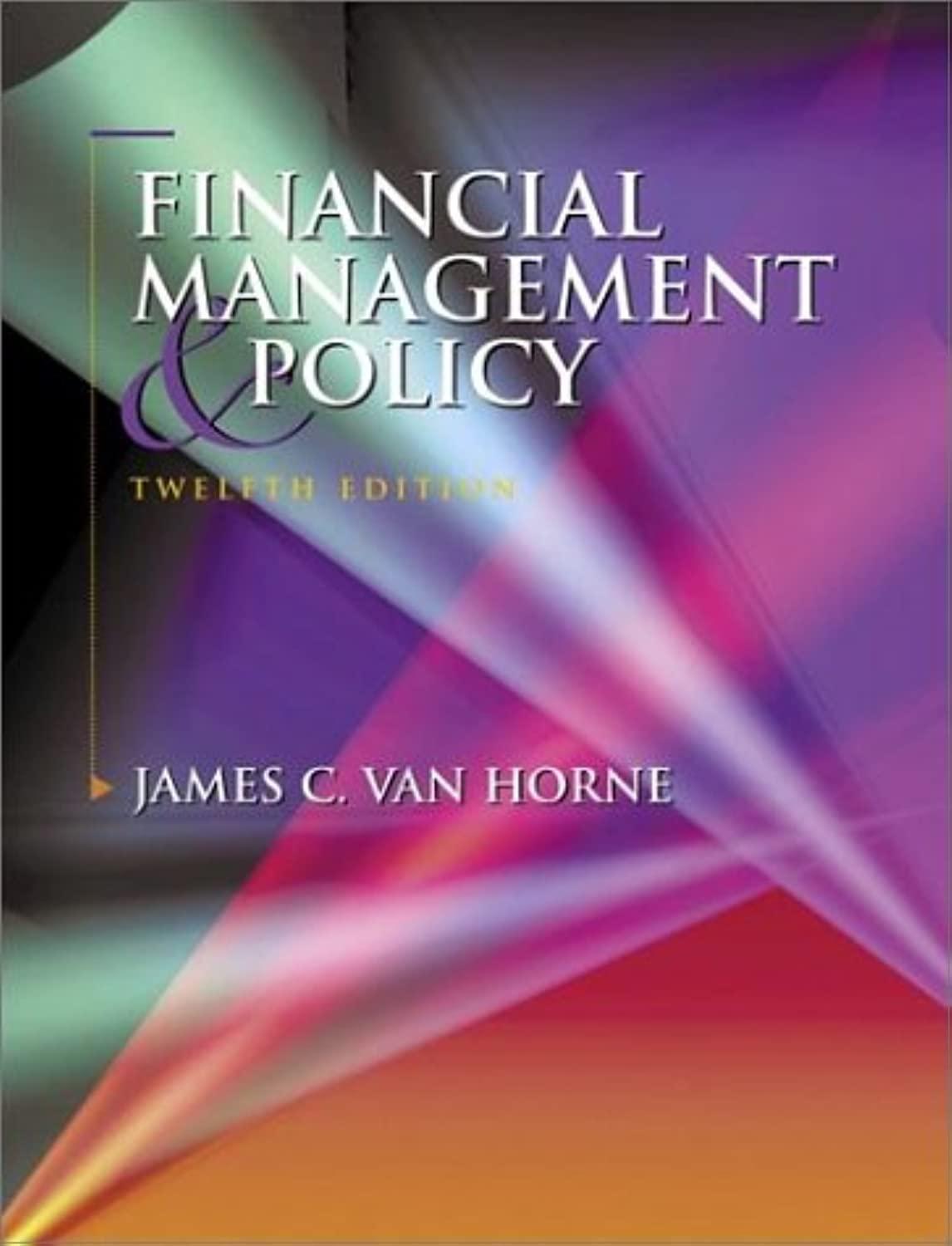Answered step by step
Verified Expert Solution
Question
1 Approved Answer
LG6 Assets Cash Marketable securities Accounts receivable Inventories Total current assets Gross fixed assets (at cost) Less: Accumulated depreciation Net fixed assets Other assets Total
LG6 Assets Cash Marketable securities Accounts receivable Inventories Total current assets Gross fixed assets (at cost) Less: Accumulated depreciation Net fixed assets Other assets Total assets P3-25 Integrative: Complete ratio analysis Given the following financial statements, historical ratios, and industry averages, calculate Sterling Company's financial ratios for the most recent year. (Assume a 365-day year.) $ CHAPTER 3 Financial Statements and Ratio Analysis Sterling Company Income Statement for the Year Ended December 31, 2019 $10,000,000 7,500,000 $ 2,500,000 Sales revenue Less: Cost of goods sold Gross profits Less: Operating expenses Selling expense General and administrative expenses Lease expense Depreciation expense Total operating expense Operating profits Less: Interest expense Net profits before taxes Less: Taxes (rate=21%) Net profits after taxes Less: Preferred stock dividends Earnings available for common stockholders Earnings per share (EPS) Sterling Company Balance Sheet December 31, 2019 200,000 50,000 800,000 950,000 $ 2,000,000 $12,000,000 3,000,000 $ 9,000,000 1,000,000 $12,000,000 Liabilities and Stockholders' Equity Accounts payable" Notes payable Accruals Total current liabilities Long-term debt (includes financial leases) Preferred stock (25,000 shares, $2 dividend). Common stock (200,000 shares at $3 par)b Paid-in capital in excess of par value Retained earnings Total stockholders' equity Total liabilities and stockholders' equity "Annual credit purchases of $6,200,000 were made during the year. En December 31, 2019, the firm's common stock closed at $39.50 per share. $ 300,000 650,000 50,000 200,000 $ 1,200,000 $ 1,300,000 200,000 $ 1,100,000 231,000 869,000 50,000 819,000 $ $ $ $4.10 900,000 200,000 100,000 $ 1,200,000 $ 3,000,000 133 $ 1,000,000 600,000 5,200,000 1,000,000 $ 7,800,000 $12,000,000 Analyze its overall financial situation from both a cross-sectional and a time-series viewpoint. Break your analysis into evaluations of the firm's liquidity, activity, debt, profitability, and market.



Step by Step Solution
There are 3 Steps involved in it
Step: 1

Get Instant Access to Expert-Tailored Solutions
See step-by-step solutions with expert insights and AI powered tools for academic success
Step: 2

Step: 3

Ace Your Homework with AI
Get the answers you need in no time with our AI-driven, step-by-step assistance
Get Started


